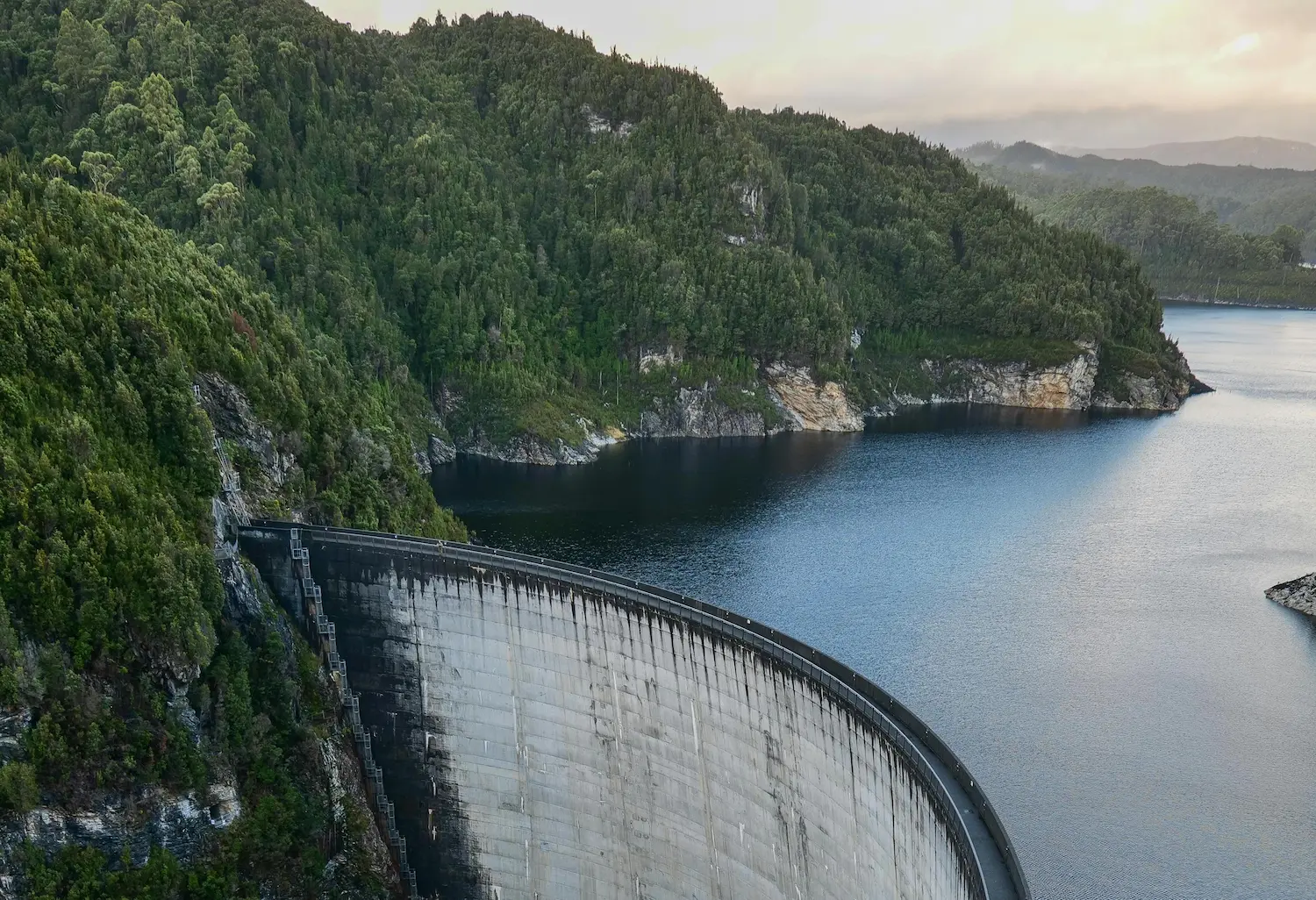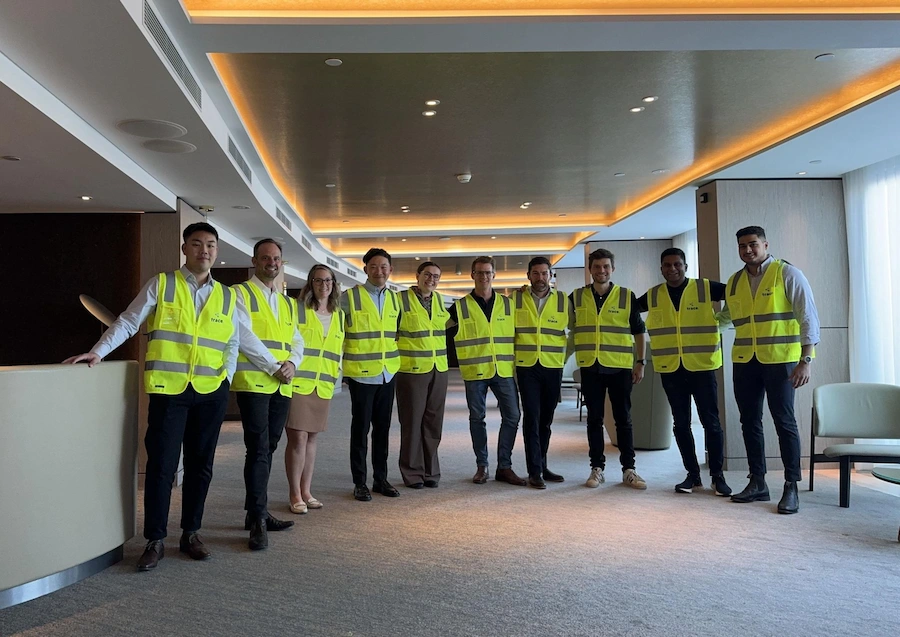Ready to turn insight into action?
We help organisations transform ideas into measurable results with strategies that work in the real world. Let’s talk about how we can solve your most complex supply chain challenges.

Steering Through Change: The Evolution of Carbon Emission Regulations in Australia
As Australia braces for a transformative era in environmental regulation, organisations across the spectrum are being called to adapt and innovate in their approach to carbon emissions. The spotlight is increasingly on Scope 3 emissions, which account for the indirect carbon footprint associated with activities not directly owned or controlled by the organisation, including supply chain operations, employee commuting, and the lifecycle of sold products.
Interviewer: With the Australian government tightening carbon emission standards, what kind of adjustments should organisations anticipate?
Emma Woodberry: The next decade will be pivotal. We’re moving towards a regulatory environment where transparency, accountability, and innovation in carbon management aren’t just encouraged but required. The focus on Scope 3 emissions is a game-changer. It extends responsibility beyond direct operations to include the entire value chain. This broadens the scope of influence—and challenge—for organisations but also opens up new avenues for leadership in sustainability.
Interviewer: Scope 3 emissions seem to be a significant hurdle for many. How do you view the challenges and opportunities they present?
Emma Woodberry: Indeed, Scope 3 emissions can be daunting due to their extensive nature, covering emissions from activities like the production of purchased materials, waste disposal, and even business travel. The challenge lies in the lack of direct control over these emissions. Yet, there’s a silver lining. Addressing Scope 3 emissions encourages organisations to look beyond their boundaries, fostering collaboration and innovation within their supply chains. It’s an opportunity to redefine efficiency and sustainability in business practices, potentially leading to cost savings and enhanced brand reputation.
Interviewer: In this context, how can supply chain consulting services be a catalyst for positive change?
Emma Woodberry: Supply chain consultants are critical navigators in this journey. They bring a wealth of expertise in analysing and optimising supply chain operations from an environmental perspective. By helping organisations identify the most significant sources of Scope 3 emissions, consultants can devise targeted strategies for reduction. This might involve selecting more sustainable materials, redesigning products for efficiency, or implementing more rigorous supplier sustainability criteria. Their role is to facilitate actionable insights and strategies that align with both regulatory requirements and business objectives.
Interviewer: What practical steps should organisations take now to gear up for the regulatory changes ahead?
Emma Woodberry: Preparation should start with a comprehensive emissions audit, highlighting both direct and indirect emissions. For Scope 3, this means engaging deeply with suppliers to understand their environmental impact. Technology plays a vital role here; digital tools and platforms can enhance data collection and analysis, making it easier to track and manage emissions across the supply chain. Additionally, educating and involving stakeholders across the organisation in sustainability goals is crucial. Creating a culture of environmental responsibility can drive more meaningful and effective action.
Interviewer: How can N-tier supply chain analysis assist organisations in adapting to new regulations and improving sustainability?
Emma Woodberry: N-tier supply chain analysis offers organisations a comprehensive view of their supply chain, extending beyond immediate suppliers to include multiple tiers of suppliers and subcontractors. This depth of visibility is crucial for identifying and addressing environmental and regulatory risks, especially concerning carbon emissions. By understanding the intricacies of the entire supply chain, organisations can pinpoint areas of high carbon footprint or non-compliance with emerging regulations. This analysis enables businesses to work collaboratively with all tiers of suppliers to implement sustainable practices, reduce emissions, and ensure compliance. Furthermore, N-tier analysis can uncover opportunities for streamlining operations and enhancing efficiency, leading to reduced costs and improved sustainability across the supply chain.
Interviewer: How can driving supply chain operational excellence help reduce transport emissions and improve inventory waste through demand planning and forecasting?
Emma Woodberry: Driving supply chain operational excellence through network optimization and enhanced demand planning and forecasting directly contributes to reducing transport emissions and minimizing inventory waste. Network optimization involves redesigning the supply chain network to minimize distances travelled and improve load efficiency, which significantly reduces fuel consumption and carbon emissions from transport activities. By optimizing route planning and vehicle loading, organisations can achieve more environmentally friendly transport operations. Additionally, advanced demand planning and forecasting enable companies to better predict customer demand, leading to more accurate inventory levels. This precision reduces the risk of overproduction and excess inventory, which can contribute to waste. Improved forecasting models can also help in aligning production schedules and distribution strategies with actual market demand, ensuring that resources are used efficiently and sustainably, further contributing to the organization's environmental and economic goals.
Interviewer: As organisations look to the future, what strategies will be key to thriving under these new regulations?
Emma Woodberry: Flexibility and collaboration will be indispensable. Organisations must be willing to experiment with new approaches and technologies to reduce their carbon footprint. Building strong partnerships with suppliers, customers, and even competitors to share knowledge and resources can amplify impact. Moreover, engaging with policymakers and industry bodies can help shape a conducive regulatory framework. The ultimate goal is to view these regulations not as a burden but as an impetus for innovation that can drive competitive advantage and sustainability in equal measure.
Ready to turn insight into action?
We help organisations transform ideas into measurable results with strategies that work in the real world. Let’s talk about how we can solve your most complex supply chain challenges.









